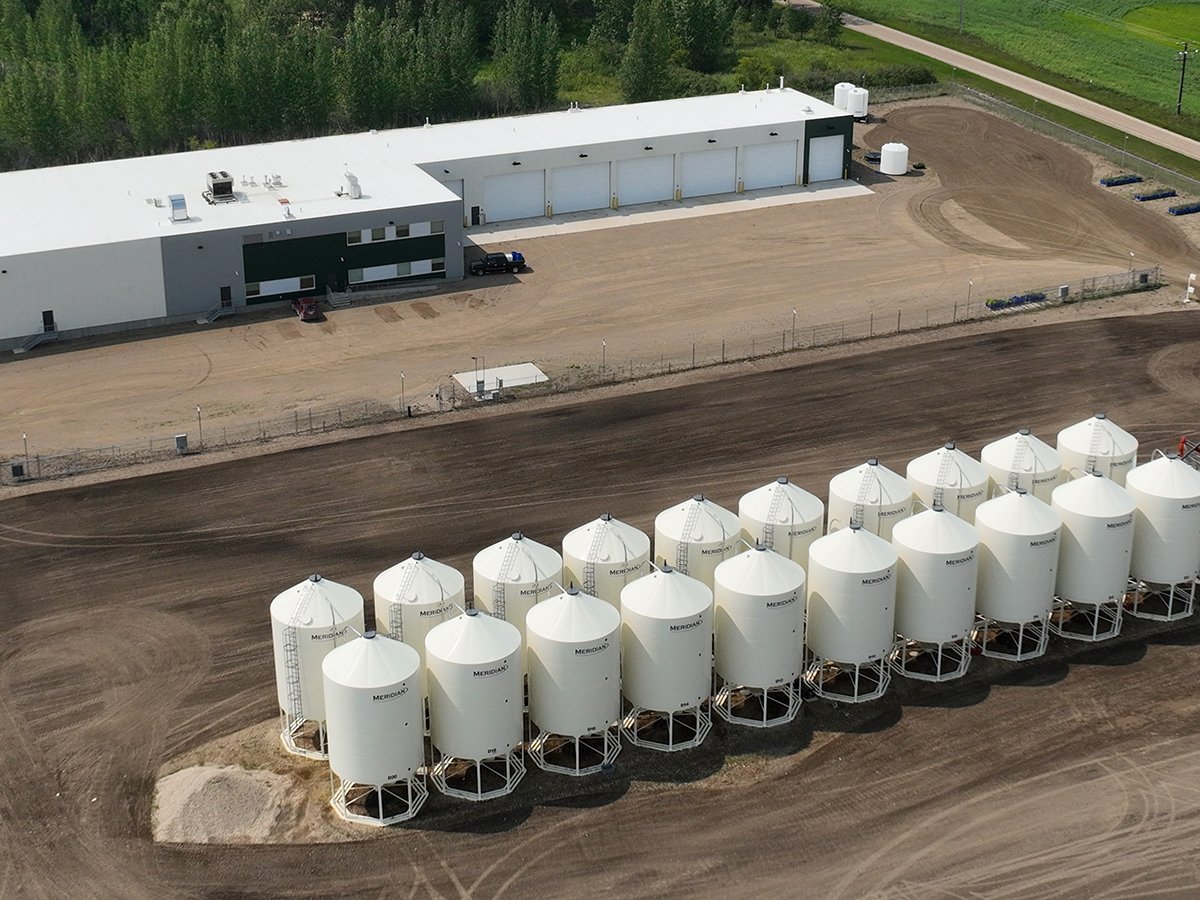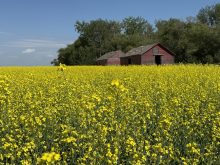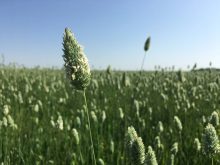It’s all quiet on the canaryseed front, but a couple of possible issues could trigger an increase in price and production this year, said a market watcher.
Chuck Penner of LeftField Commodity Research said growers should keep an eye on the current canaryseed harvest in Argentina and this year’s weather in Western Canada.
“The only other real exporter in the world is Argentina, and according to government stats, they’ve grown a lot less canaryseed this year, and so that’s just being harvested now,” Penner told the Canaryseed Development Commission of Saskatchewan during Crop Production Week in Saskatoon.
Read Also

Saskatchewan firm aims to fix soil with compost pellets
In his business, Humaterra, Leon Pratchler is helping farmers maximize yields in the weakest areas of their fields through the use of a compost pellet.
“So we might start to see that impact coming along because it’ll give us the opportunity to export a little bit more into other South American countries like Brazil, which sometimes are a larger buyer.… So that may provide a little bit of a spark to the market but not a whole lot.”
Penner described 2017 yields as decent despite a dry growing season, which saw prices fall to roughly 20 cents per pound.
“That seems to be kind of a floor price because that’s where farmers really decide, ‘I’m not going to sell it if it goes lower than that,’ ” he said.
“Looking ahead sometimes, we look at some seasonal impacts and things like that. So there will likely be some modest seasonal strength going into the next two, three, four months or so, but not a whole lot of change.”
Canaryseed production is largely in southeastern and southwestern Saskatchewan.
However, according to the 2016 census acreage map, northeastern Saskatchewan saw a large number of acres planted to canaryseed.
“What I noticed kind of interesting is that they had this pocket up in the northeast part of the province that was a little bit bigger and that’s not what I had expected,” he said.
More than 31,000 acres of canaryseed in the northeast spread out the production risk between the northern and southern halves of the province, which invariably see vast differences in weather conditions most years.
“Yields weren’t down as badly because that northeast part did fairly well, and it helped offset some of the lower yields elsewhere,” he said.
However, at current bids, it doesn’t pencil out in favour of farmers planting additional acres, and canaryseed totals could even see a small dip this year.
“As long as we have the normal export demand, and it could be a little above normal with lower acres, we could actually see some actual life on the market as we get into 2018-19,” he said.
“So August, September, October forward could see a little bit more life next year compared to the bit of a flat line that we’ve seen in the last two or three years.”
Guesswork aside, Penner expects there to be a large shift out of pea and lentil acres this spring, which could spark more interest in canaryseed.
“I think the most part will go into spring wheat but maybe some into barley and canola, and it wouldn’t take many of those acres to shift into canaryseed to really overproduce that market,” he said.
“Except that canaryseed returns don’t look fabulous at this point if you project them forward, and so I don’t know that that’s going to be a big issue, but that’s what causes some of the uncertainty for 2018.”
















